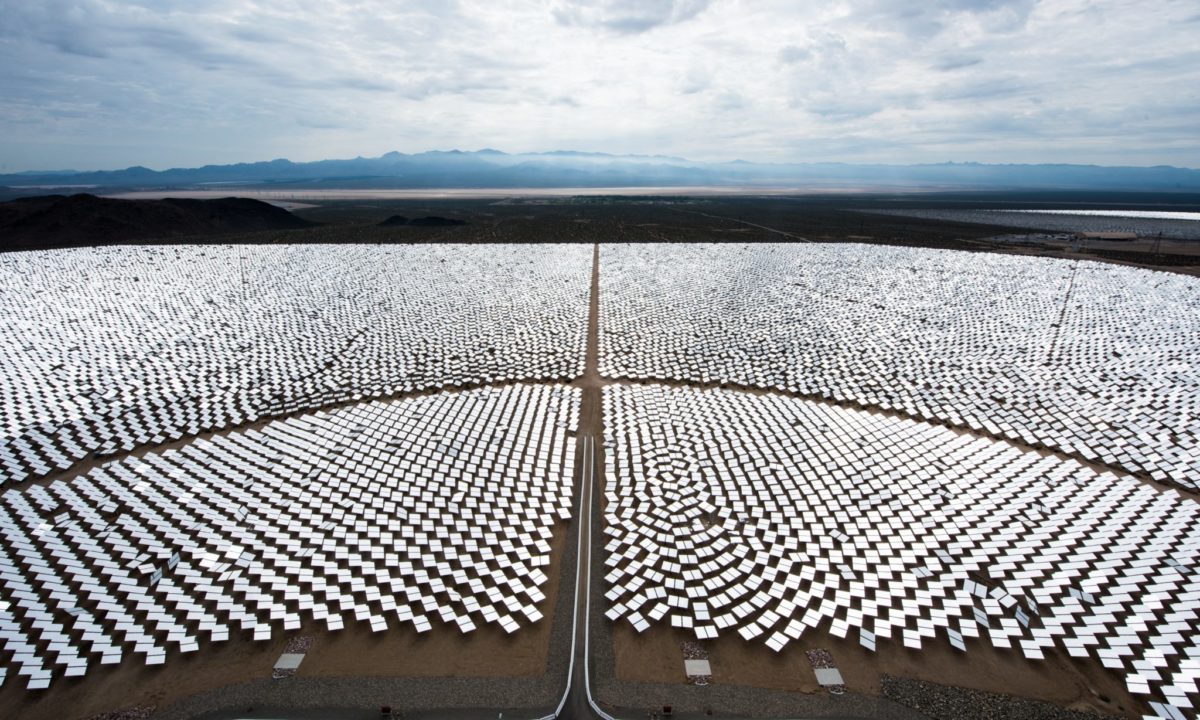
The San Francisco Chronicle published the following opinion piece by Energy Foundation CEO and Co-founder Eric Heitz in recognition of this week’s Seventh Clean Energy Ministerial. We’re a co-sponsor of the event, which brought energy ministers from around the world to the Bay Area. It’s one of the first post-Paris Agreement gatherings aimed at finding pathways to help nations deliver on their COP21 commitments. The Chronicle provided us with an opportunity to share the story of global progress on clean energy innovation, and to send the message that while the transition to a clean energy economy is gaining momentum, there is no time to be complacent.
How do we meet Paris energy targets? June 1-2 event in SF will showcase how
By Eric Heitz
May 26, 2016
Energy ministers from 23 countries and the European Commission will descend on San Francisco next week to answer a pivotal global question: How will we meet the ambitious targets in last year’s historic Paris climate agreement? And this challenge is further sharpened by the newest signs of our heating planet: NASA reports that every month in 2016 has been the hottest in recorded history.
The answer lies in wide-scale deployment of innovations in clean energy technologies, from super-efficient LEDs, to low-cost wind power, to rooftop solar powering a new class of affordable electric vehicles. The International Energy Agency estimates that over the next 15 years, an average of $1 trillion per year must be invested in clean energy technologies to keep global warming in check. Funding these technologies will power the new energy economy, with significant health and environmental benefits across society.
That’s what makes California, and the Bay Area in particular, the ideal place to host this year’s seventh Clean Energy Ministerial. Californians thrive on innovation and have shown the country and the world that reducing carbon pollution and growing the economy go hand in hand. California reduced greenhouse gas emissions per capita by 25 percent from 1990 to 2012, while growing gross domestic product per capita by 37 percent.
From a love of electric and hybrid vehicles to state-of-the-art buildings that keep people comfortable while saving energy and dollars, Bay Area residents are pioneers of clean-energy change, and are reaping a wealth of benefits. Homes here have more efficient refrigerators, washing machines and dishwashers. Smart appliances and controls such as Nest thermostats are saving consumers money. Across the country, stronger appliance efficiency standards, which got their start in California before they were adopted nationally, saved Americans $58 billion in 2014.
With our entrepreneurial spirit, our environmental passion and committed efforts of individuals and groups like the Bay Area Council, this region is a hub for the growing new energy economy. In 2014, California attracted $5.7 billion in clean-technology venture capital investment — half of the global total and more than any country in the world except the United States as a whole. The state counted 368,200 clean economy jobs that year.
Home to world-class innovation, the Bay Area is a virtual idea factory cranking out patent registrations. Many of those ingenious ideas, along with clean-energy technologies from around the world, will be on exhibit and open to the public June 1-2 in Union Square.
California’s influence reaches far beyond its borders through partnerships with other states and countries that grow the clean-energy economy and reduce emissions. The global market potential is huge at $329 billion per year and it’s growing fast. Every country and every sector of the economy can benefit from these new investments, which herald the transition away from the fossil economy.
China, India, Europe and other countries represented at this Clean Energy Ministerial are rising to this challenge. China has announced what will be the planet’s largest carbon market, launching in 2017. India’s leadership has set an ambitious renewable energy target and attracted $14 billion in renewable energy investments in the last three years alone. European leaders have committed to reducing emissions at least 40 percent below 1990 levels by 2030. With the backdrop of these and other commitments, next week’s conference represents a critical opportunity to take the Paris Agreement to the next level and focus on accelerating its implementation.
All of this points to a simple fact: The clean- energy economic transition is gaining momentum, powered by falling costs and rapid investment growth. But for all our success, we can’t be complacent. Global warming science demands we accelerate deployment of the innovation economy. There’s a lot of work to be done to deliver on the Paris commitments.
Eric Heitz is CEO and co-founder of the Energy Foundation, with headquarters in San Francisco and offices in Beijing. The foundation will participate in the June 1-2 exhibit in Union Square.
Photo credit: Photo by Dennis Schroeder / NREL